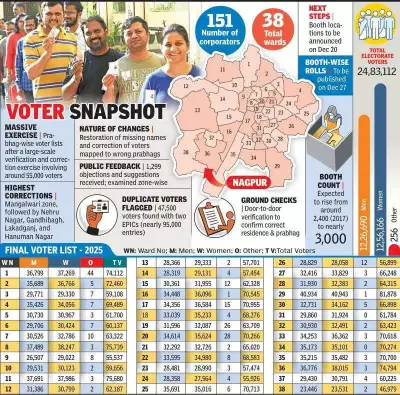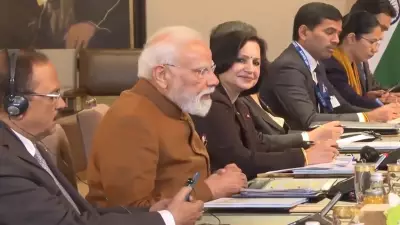
In the complex chessboard of Bihar politics, Chief Minister Nitish Kumar has demonstrated masterful strategy in redefining minority space through precise coalition mathematics. What began as symbolic gestures has evolved into substantive political representation that could reshape India's political landscape.
The Strategic Shift from Tokenism to Tangible Power
Nitish Kumar's political journey reveals a calculated evolution from traditional minority appeasement to strategic empowerment. The shift represents a fundamental change in how regional parties approach caste and community dynamics in Indian politics.
The coalition mathematics perfected by Kumar has created a new paradigm where minority communities are no longer mere vote banks but essential stakeholders in governance. This approach has forced national parties to reconsider their own strategies toward marginalized groups.
Caste Census: The Game Changer
The implementation of caste census in Bihar emerged as the cornerstone of Kumar's strategy. By providing empirical data on population distribution, it transformed abstract discussions about representation into concrete political arithmetic.
- Precise demographic mapping enabled targeted welfare schemes
- Empirical data strengthened the case for reservation policies
- Transparent numbers reduced political rhetoric around minority appeasement
Coalition Dynamics and Minority Empowerment
Kumar's ability to navigate between contrasting political ideologies—from BJP to RJD and back—while maintaining his minority-friendly stance demonstrates unprecedented political dexterity. Each alliance brought different advantages for minority communities:
- BJP Alliance: Provided administrative stability and development focus
- Mahagathbandhan with RJD: Enhanced social justice agenda and representation
- Current NDA Configuration: Balances development with social empowerment
Beyond Symbolic Gestures
The transformation from topi politics (symbolic wearing of religious caps) to substantive policy interventions marks Kumar's most significant contribution. Educational reforms, economic empowerment programs, and political representation have replaced empty gestures.
Women's reservation in local bodies and focused scholarships for minority students represent the concrete outcomes of this evolved approach. The politics of tokenism has gradually given way to governance through inclusion.
National Implications of Bihar's Model
As the 2024 general elections approach, Kumar's successful experiment in Bihar offers valuable lessons for national politics. The delicate balance between development agenda and social justice priorities could become the template for coalition politics across India.
The new minority space carved out by Kumar emphasizes that empowerment isn't about religious symbolism but about education, economic opportunities, and political representation. This model challenges traditional approaches to minority politics at the national level.
Whether this Bihar model can be replicated nationally remains to be seen, but it has undoubtedly redefined the rules of engagement between political parties and minority communities in Indian democracy.





